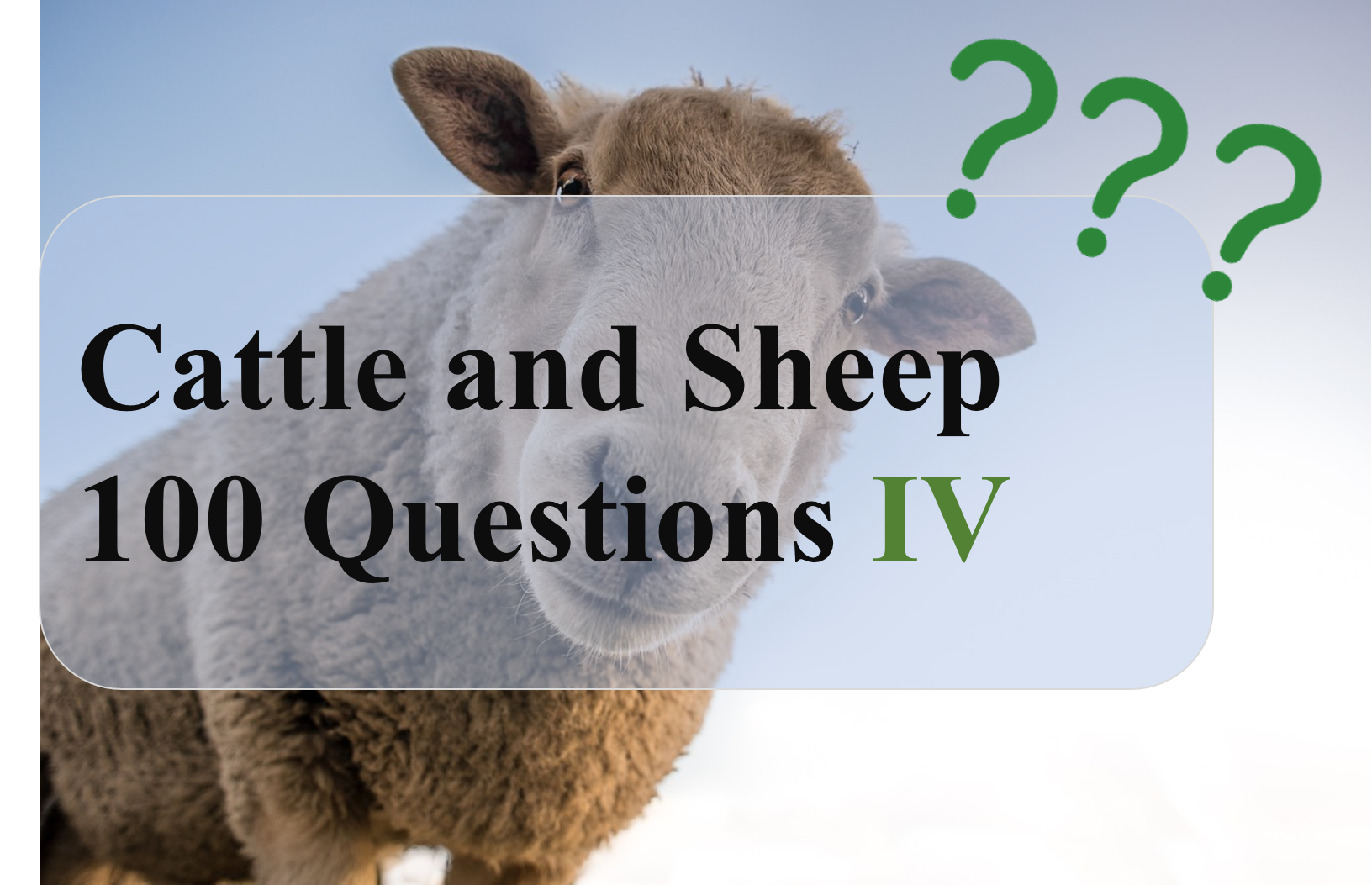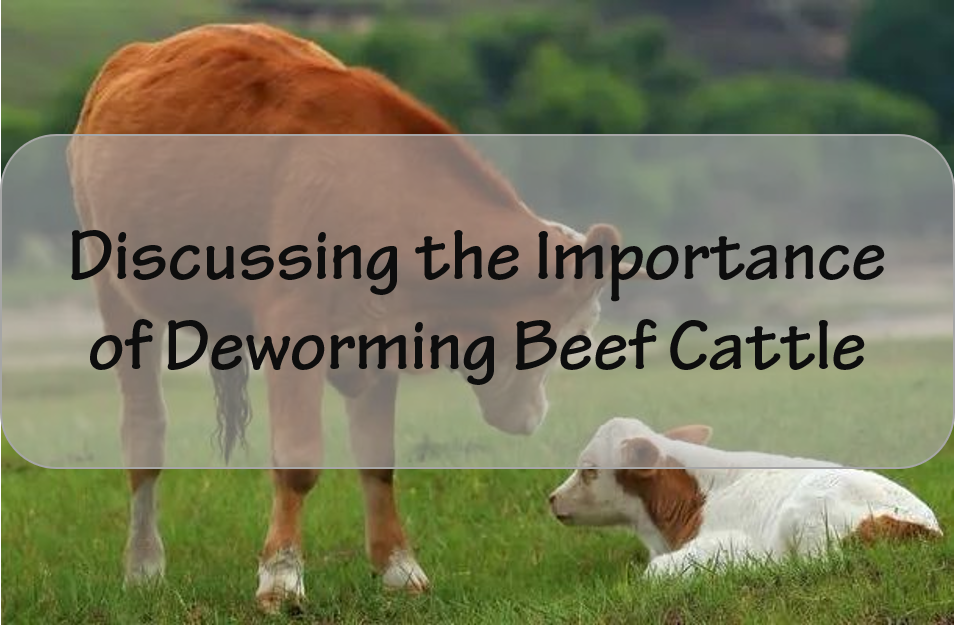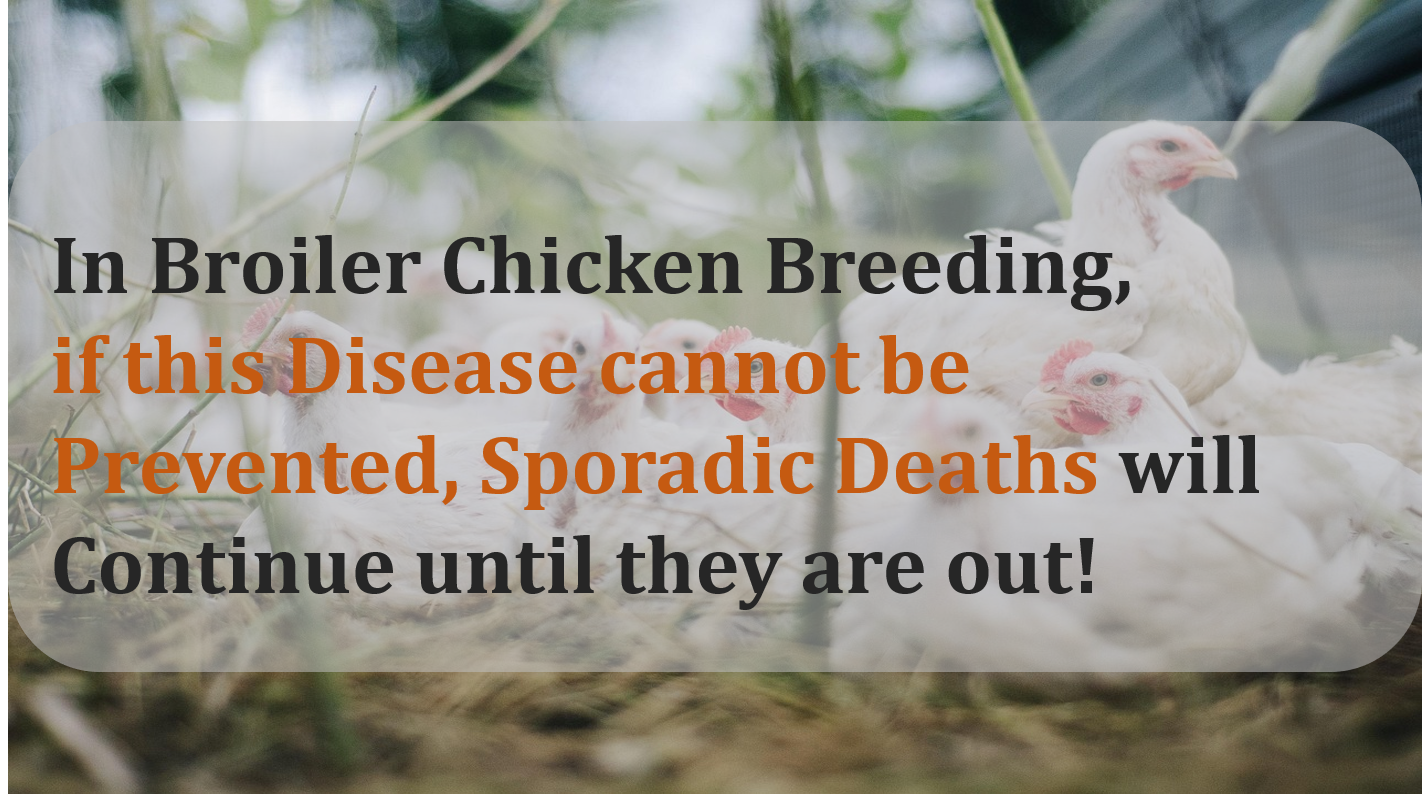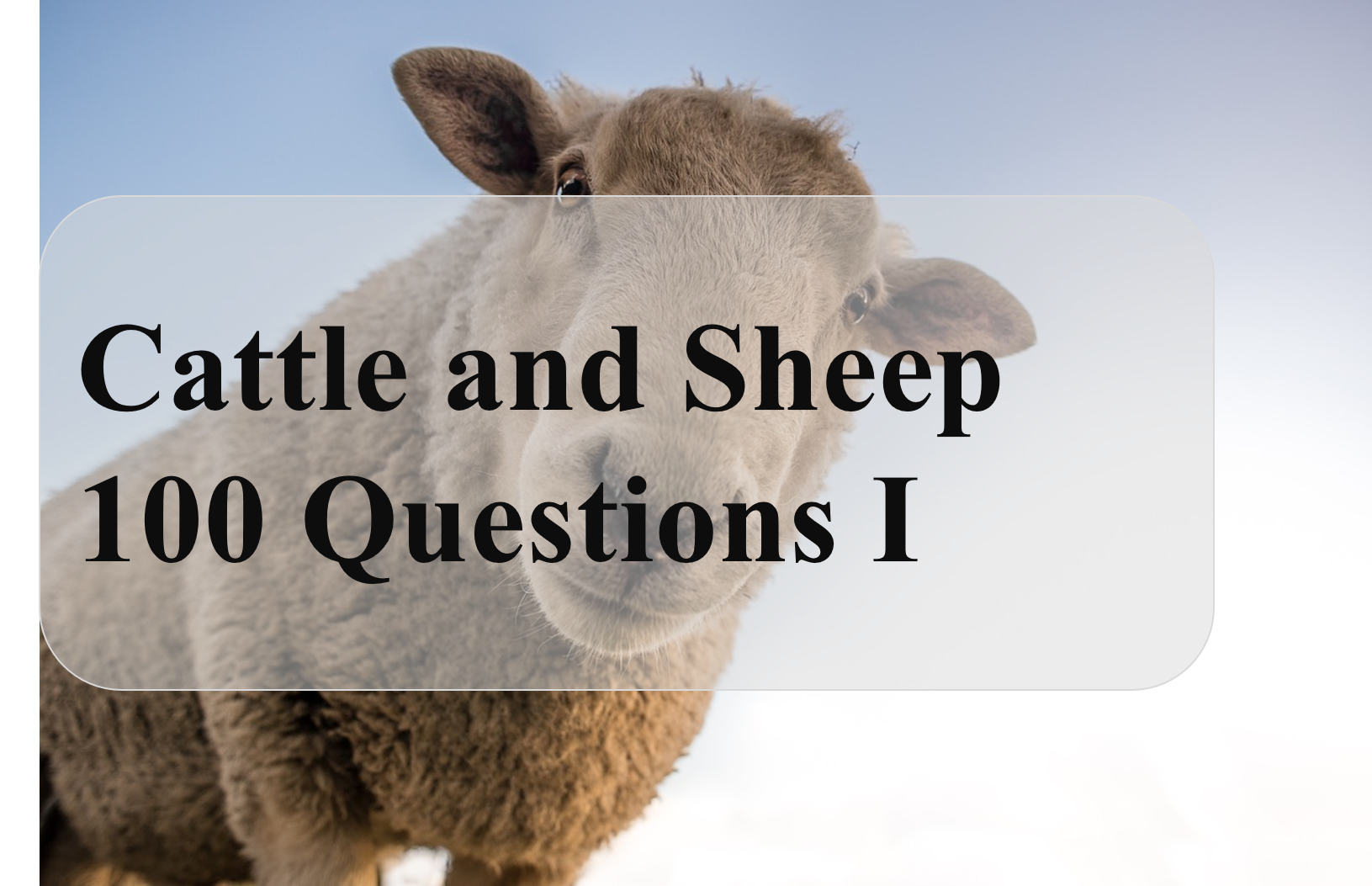Cattle and Sheep 100 Question ⅡWhat is the appropriate amount of concentrate feed intake for ewes to control on a daily basis? (Reduce the occurrence of mastitis)?Ewes with multiple lambs should be fed with 500g of refined food before delivery, and ewes with single lambs should be fed with 350g of refined food before delivery. Postpartum is determined based on the number of lambs produced. For postpartum ewes, 500g of concentrate per day for single lambs, 800g of concentrate for twin lambs, and 1.25kgs of concentrate for three lambs and above. Ewes should be weaned from feed and water or drink less water two days before weaning, and only hay should be provided three days after weaning to facilitate the absorption of milk. Key points of feeding management for captive ewes:What is particularly important is group feeding and feeding in stages. Ewes are divided into breeding period, pregnancy period, lactation period and empty pregnancy period. The main purpose of the breeding stage is to increase the breeding rate and embryo survival rate. Therefore, if we want the ewe to give birth to more lambs, then we need to provide the ewe with 400g to 500g of refined feed 20 days before and after breeding. The pregnancy period is divided into early pregnancy and late pregnancy. The third trimester of pregnancy is the 60 days before delivery to the time of lambing. At this time, we must ensure the healthy growth of the fetus in the mother's body, increase the birth weight of the lamb, and maintain a good body condition of the ewe. From 60 days before lambing to the lambing stage, roughage can be eaten freely, and according to the quality of roughage, single-lamb ewes are fed 350g of fine feed per day before giving birth, and ewes with multiple lambs are fed 500g of fine feed per day before birth. So from postpartum to weaning, it is necessary to ensure sufficient milk and increase the ewe's re-estrus rate.In the three days after giving birth, high-quality roughage should be the main focus, and the amount of ewe feed should be gradually increased. For single-lamb ewes,500g of fine feed once a day is required. For two-lambs eves,800g of fine feed once a day is required. For multi-lambs ewes, 1.25kgs of fine feed once a day is required. In order to prevent the occurrence of mastitis, we need to reduce the nutrient concentration of the feed or cut off the feed before weaning, and drink less water. We only provide hay for three days after weaning to facilitate the absorption of milk. Ewes during the pregnancy period can eat roughage freely, and depending on the grade of roughage, 100g-250g of concentrated feed can be supplemented every day. When raising ewes well, the two most easily overlooked stages are the mating period and 1-2 months before giving birth. We must make these two stages the top priority. If goats are raised in captivity, it will be about 70% of the above feeding amount. |
 Cattle and Sheep 100 Questions Ⅳ
Cattle and Sheep 100 Questions Ⅳ
 Discussing the Importance of Deworming Beef Cattle
Discussing the Importance of Deworming Beef Cattle
 In broiler chicken breeding, if this disease cannot be prevented, sporadic deaths will continue until they are out!
In broiler chicken breeding, if this disease cannot be prevented, sporadic deaths will continue until they are out!
 Cattle and Sheep 100 Questions Ⅰ
Cattle and Sheep 100 Questions Ⅰ